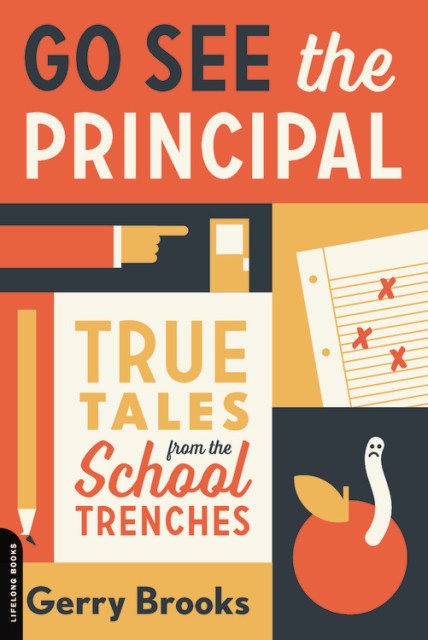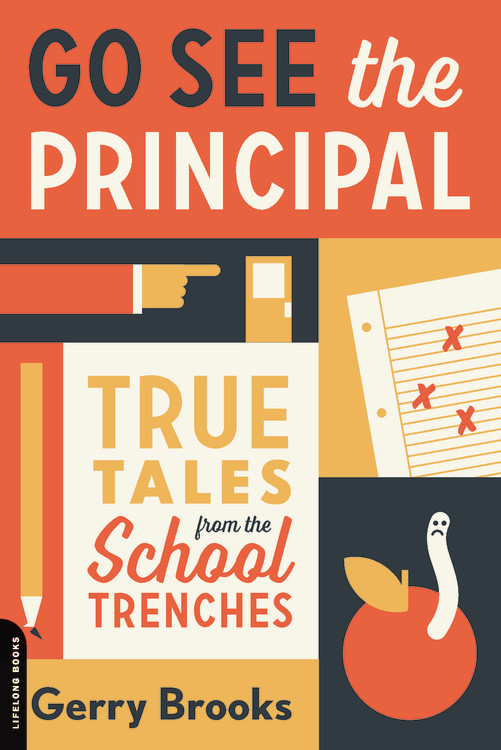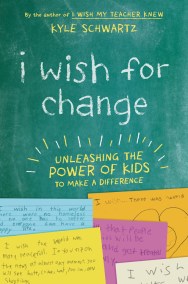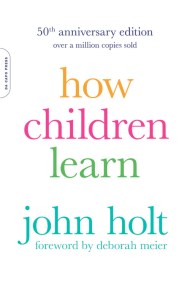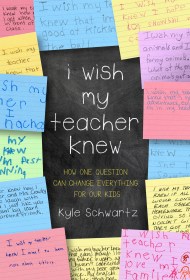Promotion
Use code MOM24 for 20% off site wide + free shipping over $45
Go See the Principal
True Tales from the School Trenches
Contributors
By Gerry Brooks
Formats and Prices
Price
$17.99Price
$22.99 CADFormat
Format:
- Trade Paperback $17.99 $22.99 CAD
- ebook $9.99 $15.99 CAD
- Audiobook Download (Unabridged)
This item is a preorder. Your payment method will be charged immediately, and the product is expected to ship on or around April 30, 2019. This date is subject to change due to shipping delays beyond our control.
Also available from:
From an elementary school principal and popular YouTube personality, inspiration and humor for educators to tackle the challenges they face day-in and day-out
Gerry Brooks is an elementary school principal turned YouTube celebrity who entertains K-12 teachers, administrators, and parents across the country. He tells jokes with the kind of mocking humor that gets a laugh, yet can be safely shared in school. After all, even great schools have bad days — when lesson plans fall through, disgruntled parents complain, kids throw temper tantrums because they have to use the same spoon for their applesauce and mashed potatoes, and of course, dealing with…The Horror! The Horror!…dreaded assessments. Ranging from practical topics like social media use in the classroom and parent-teacher conferences to more lighthearted sections such as “Pickup and Dropoff: An Exercise in Humanity” and “School Supplies: Yes, We Really Need All That Stuff,” Go See the Principal offers comic relief, inspiration, and advice to those who need it the most.
Gerry Brooks is an elementary school principal turned YouTube celebrity who entertains K-12 teachers, administrators, and parents across the country. He tells jokes with the kind of mocking humor that gets a laugh, yet can be safely shared in school. After all, even great schools have bad days — when lesson plans fall through, disgruntled parents complain, kids throw temper tantrums because they have to use the same spoon for their applesauce and mashed potatoes, and of course, dealing with…The Horror! The Horror!…dreaded assessments. Ranging from practical topics like social media use in the classroom and parent-teacher conferences to more lighthearted sections such as “Pickup and Dropoff: An Exercise in Humanity” and “School Supplies: Yes, We Really Need All That Stuff,” Go See the Principal offers comic relief, inspiration, and advice to those who need it the most.
Genre:
- On Sale
- Apr 30, 2019
- Page Count
- 208 pages
- Publisher
- Da Capo Lifelong Books
- ISBN-13
- 9780738285061
Newsletter Signup
By clicking ‘Sign Up,’ I acknowledge that I have read and agree to Hachette Book Group’s Privacy Policy and Terms of Use
